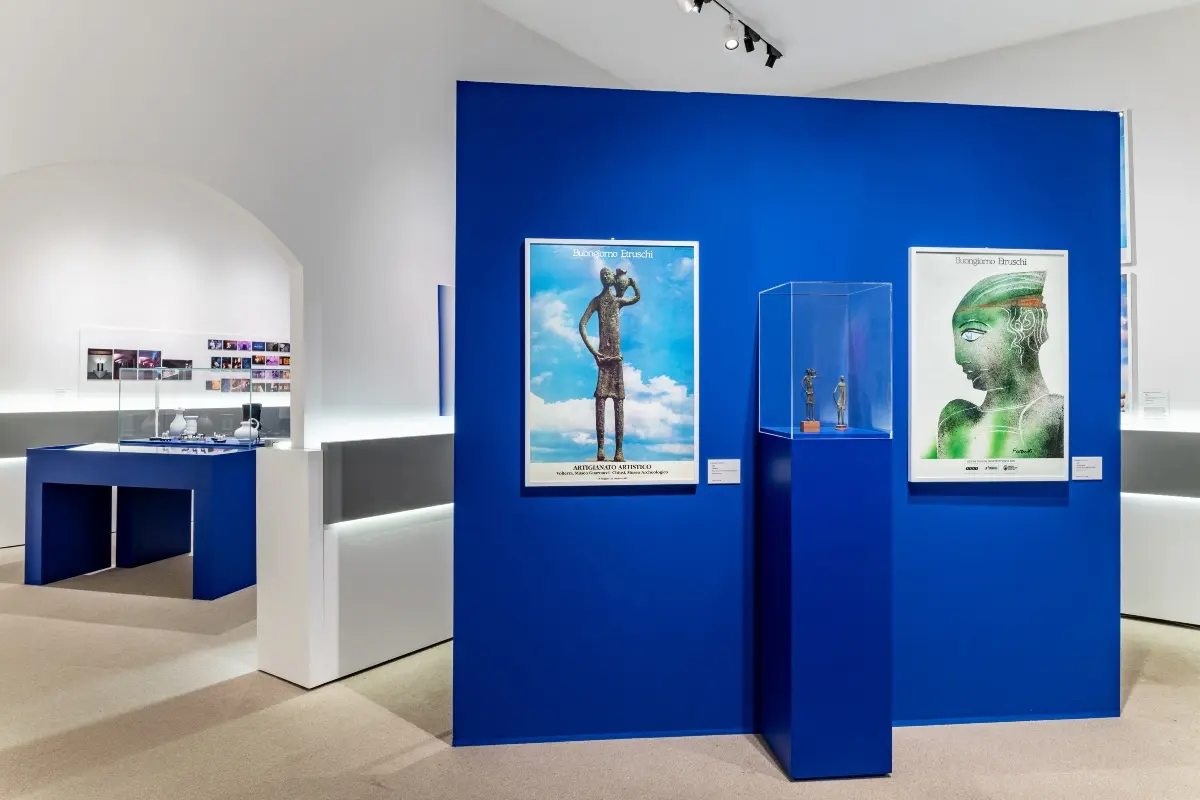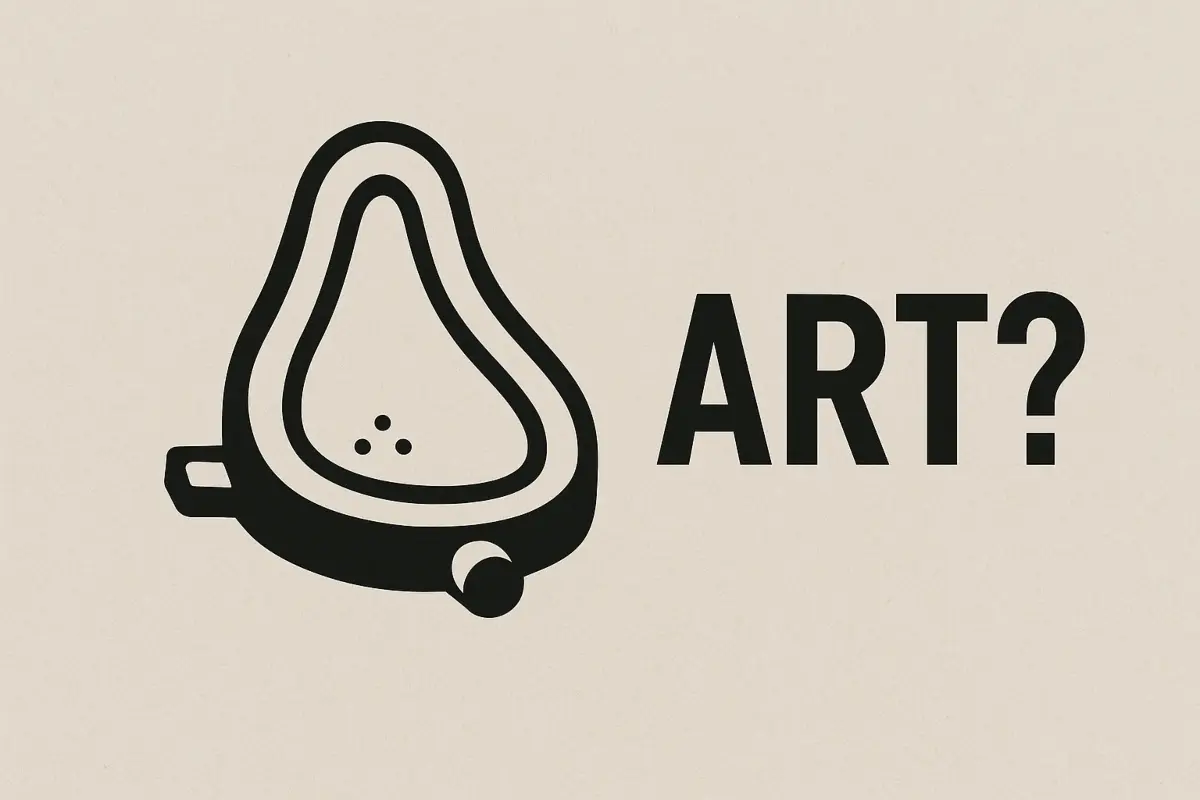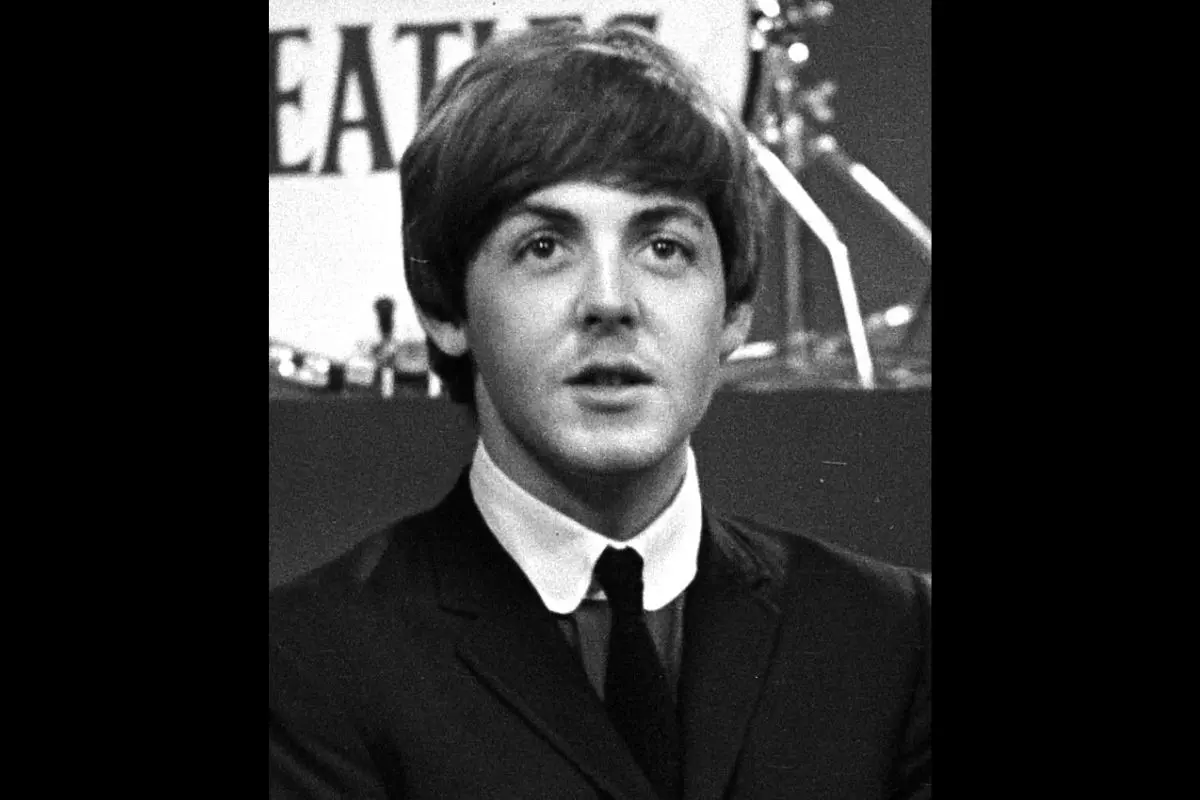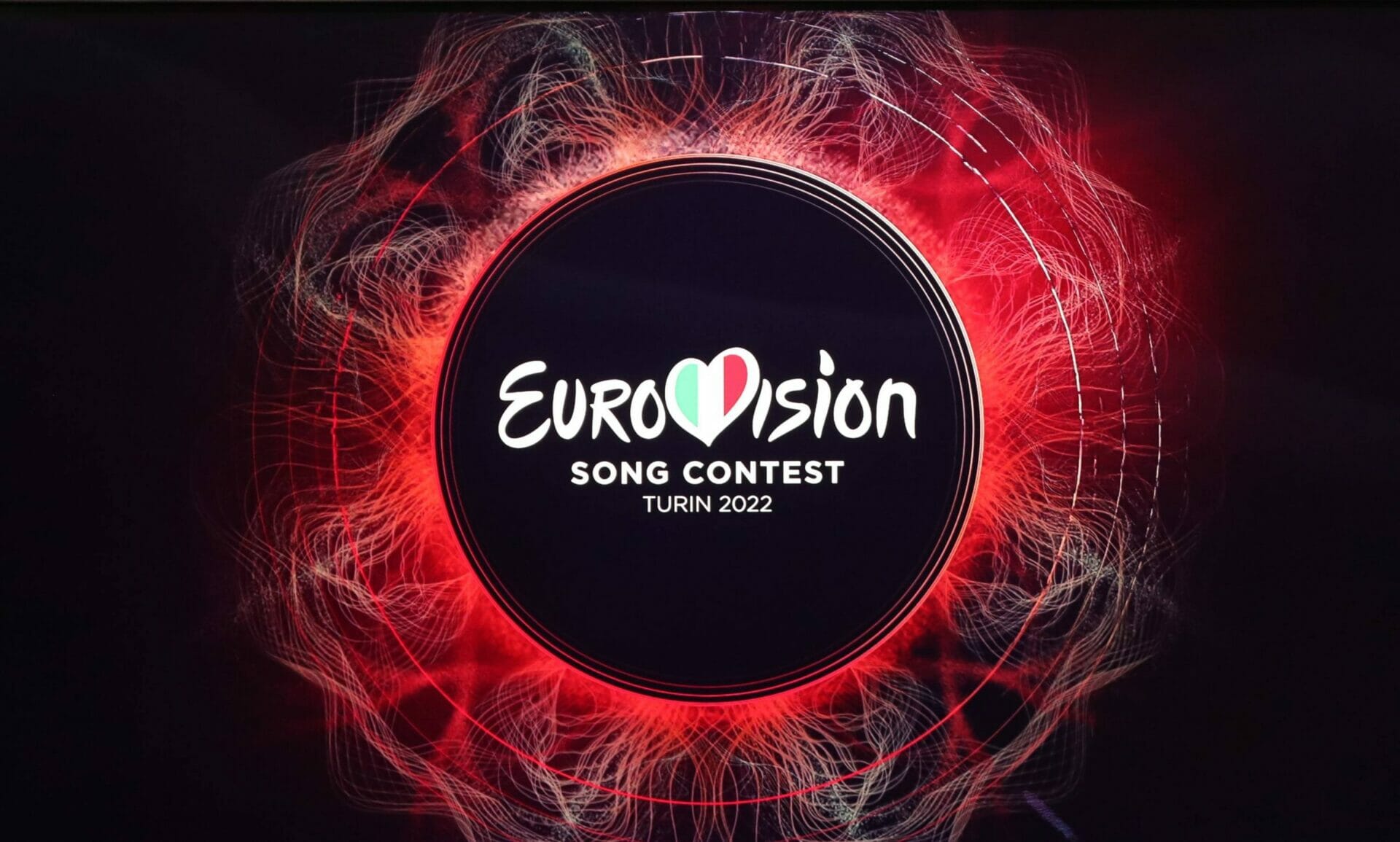
It is the longest-running annual international televised music competition, and for its 66th edition, the Eurovision Song Contest is heading to the Italian city of Turin, from May 10 to 14, 2022. Traditionally the contest takes place in the country which won the preceding year’s event, and so it was awarded to Italy, thanks to Maneskin‘s triumph in 2021.
In a strongly restricted event last year, which saw participating artists confined in a COVID-free bubble and the hosting city of Rotterdam deprived of any collateral events, the up-and-coming Italian band brought Italy its third win to date, after Gigliola Cinquetti in 1964 and Toto Cutugno in 1992. However, music is only one part of the event, which gathers together a varied and eclectic series of artists around an elaborate TV show.
Over more than sixty years of its history, the ESC has become a cult icon of pop culture. It attracts annual audience figures of between 100 million and 600 million. It’s a golden goose for the European Broadcasting Union, which organizes the competition annually, and the Italian national public broadcaster RAI, in charge of this year’s event. It is also a great opportunity for emerging talents to play in front of an international audience. Among the most renowned artists who have competed in past Eurovisions have been ABBA, Celine Dion, Julio Iglesias, and Olivia Newton-John.
Pop culture beyond borders
The first two evenings of the 66th Eurovision Song Contest will see 36 countries competing in two semi-finals. As well as this, the so-called ‘Big Five’ countries – Italy, France, Germany, Spain, and the United Kingdom – will have direct access to the finals. Overall, 41 countries will take part in the contest, each one with its own rules that will govern the choice of which band plays. For example, the winner of the San Remo Festival, which takes place in February, usually represents Italy.
The extension of the contest from the original seven countries to the current number has increased the interest of Eastern European countries in the show. As a result, it is now possible to see onstage performances by political rivals Russia and Ukraine, by all of the countries from the western Balkans and south-eastern Europe, and even states from outside the continent too. Australia, Israel, and Armenia have all participated as well over the last decades.
The result is an original and spectacular mix of wild performances, elaborate lighting displays, and pyrotechnics with local traditions and folk rhythms on stage. A unique atmosphere that David Dobkin recreated in his 2020 musical comedy movie Eurovision Song Contest: The Story of Fire Saga.
The Sound of Beauty
The allocation for the two semi-finals took place in a drawing ceremony in Turin on January 25. At this event, the city of Rotterdam handed over the host insignia to the Italian city. The event took place in Palazzo Madama, in Turin’s central square of Piazza Castello, where the organizers also revealed the theme of the 2022 edition, ‘The Sound of Beauty.’
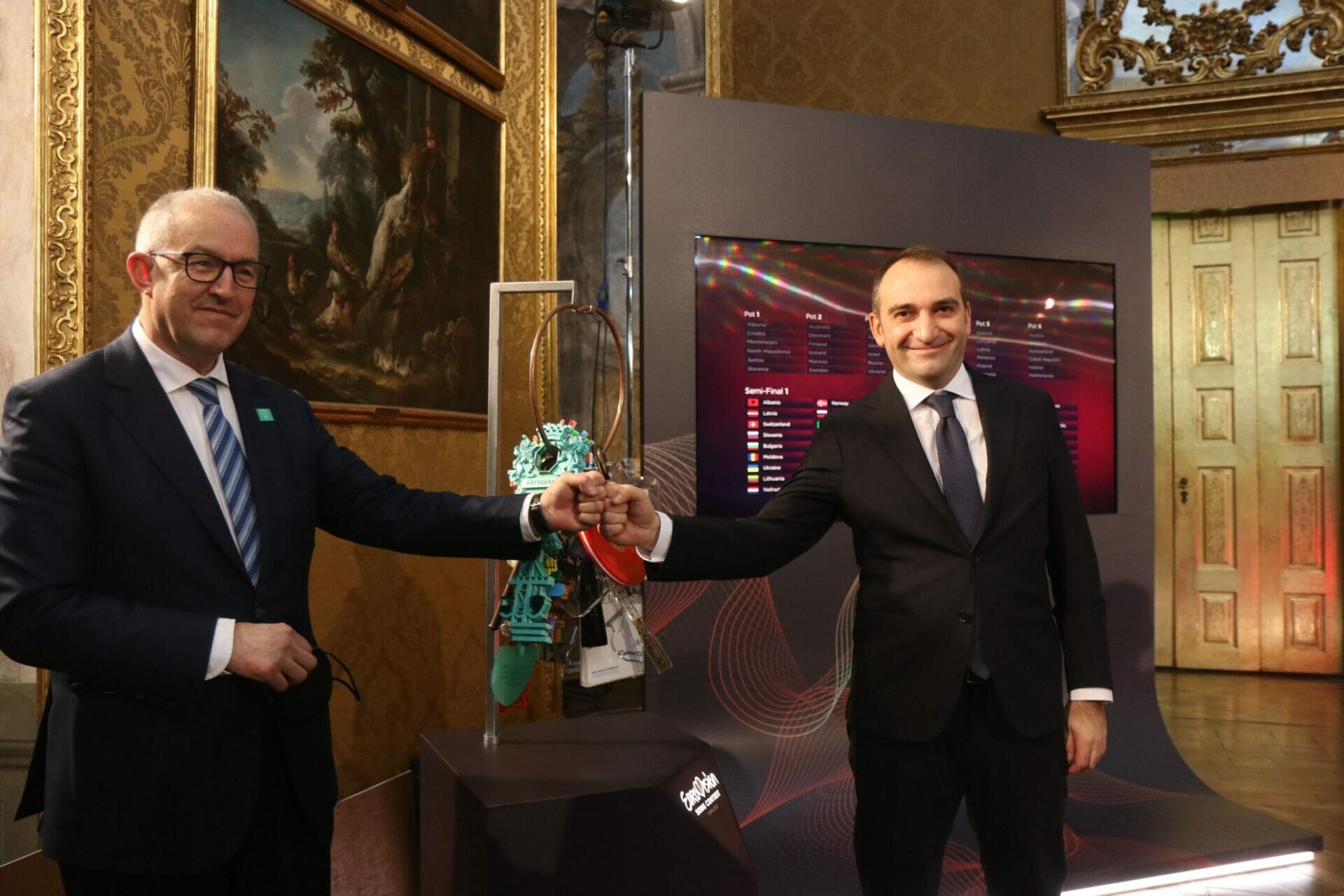
“It is necessary to work together with entrepreneurs and citizens to make Eurovision a great opportunity for everybody – said the Mayor of Rotterdam, Ahmed Aboutaleb – In this way, the best ideas will emerge and the city will fully experience the event. Let the festival pervade every corner of Turin! This music competition is kind of a positive energy accumulator. Charge it to the max and let everyone in the city benefit from it.”
Stefano Lo Russo, Mayor of Turin, is more than willing to take the advice. “Besides being the most important musical event in the world – he said – The Eurovision Song Contest represents Europe and its values of peace, equality, and solidarity. The European Union was born as a dream, today it is reality. And music is an extraordinary instrument for uniting people.”
Work in progress
Preparations are already underway in Turin to host the massive event. The municipality and RAI chose a former Olympic venue as the main stage. Japanese architect Arata Isozaki designed this arena to host the hockey competitions in 2006. It was later converted into a music venue to host, among others, U2, Coldplay, and Madonna’s world tours. Its flexible structure allows the venue to host up to 14,000 seats.
However, the organizers can not tell yet how many people will be allowed to attend the Eurovision Song Contest in person. In fact, the number of tickets available will depend on COVID restrictions and the pandemic trend. “The city will need a significant amount of volunteers to provide the audience and tourists with the information to attend the event, respect social distancing and other rules,” the mayor of Rotterdam told Hypercritic.
What is sure, though, is that such a monumental event will have a huge impact on the city. Thus the necessity to build a music citadel around the Palasport Olimpico, to house the delegation bubble and the press center. To serve this purpose, the city will build two temporary tensile structures, linked to the Palaolimpico with a special tunnel.
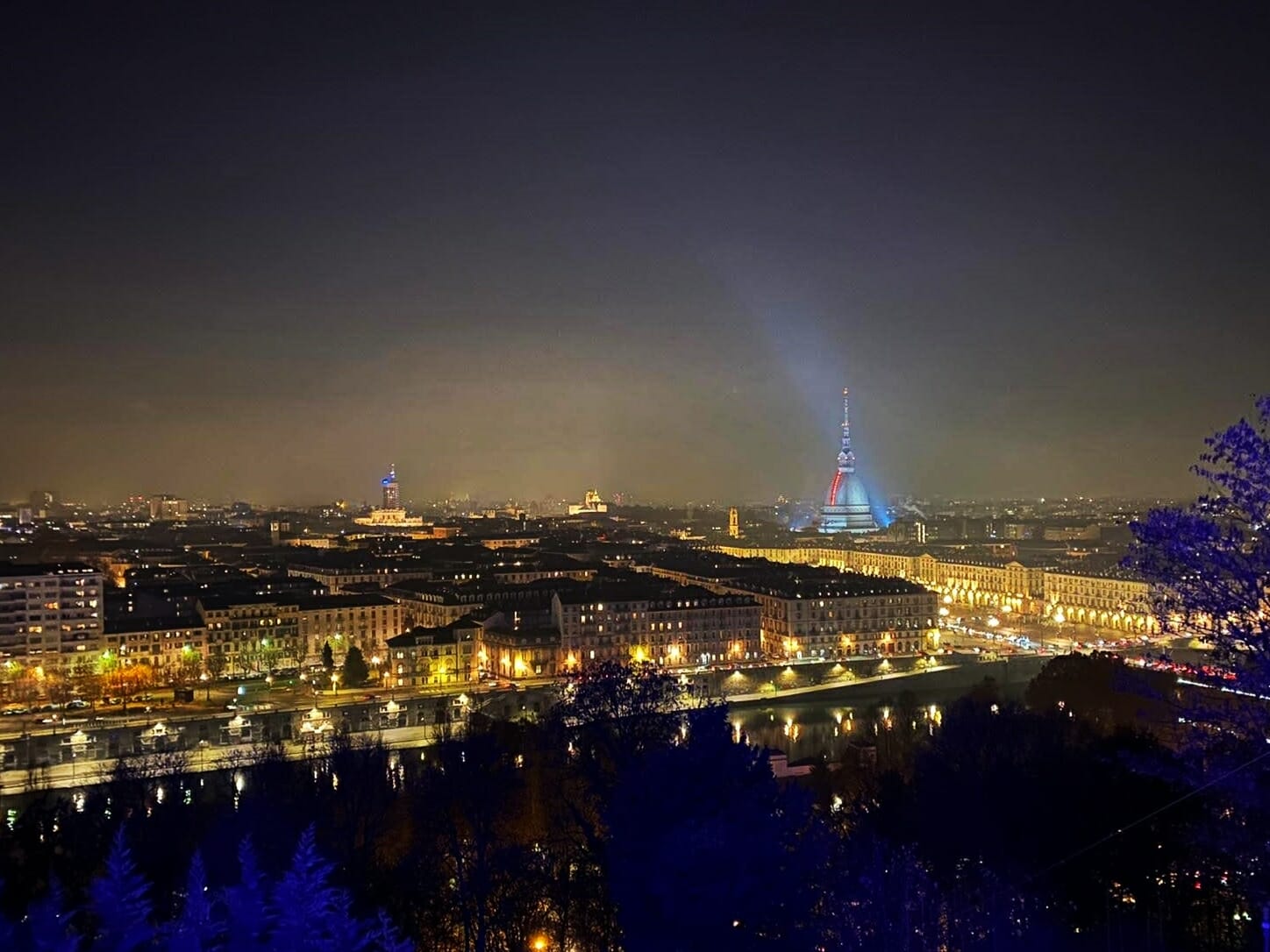
A royal city with contemporary challenges
Among tree-lined avenues, baroque architecture, historic cafes and hidden gems, the city of Turin will amaze tourists who will get to know it for the first time during the Eurovision Song Contest.
“I had never seen Turin before – the mayor of Rotterdam, Ahmed Aboutaleb, told Hypercritic – But I hope we will be able to enhance the collaboration with our two cities”. He highlighted the differences between the two urban areas. “Since the administration had to rebuild Rotterdam after WWII, it’s a modern city. Turin instead, managed to keep its historical areas intact”. However, there are also similarities. “We both face similar challenges with migration, social issues, transforming the city in a new world of energy transition. We also have to shift from an industrial past towards a new and diverse type of economy. But I’m sure we can work together to the citizens’ benefit.”
Thanks to the Nitto ATP Finals that began in 2021 and will be held in the city until 2025, along with the Eurovision Song Contest, the city is rediscovering a vibrant atmosphere that harks back to the glories of the 2006 Winter Olympic Games.
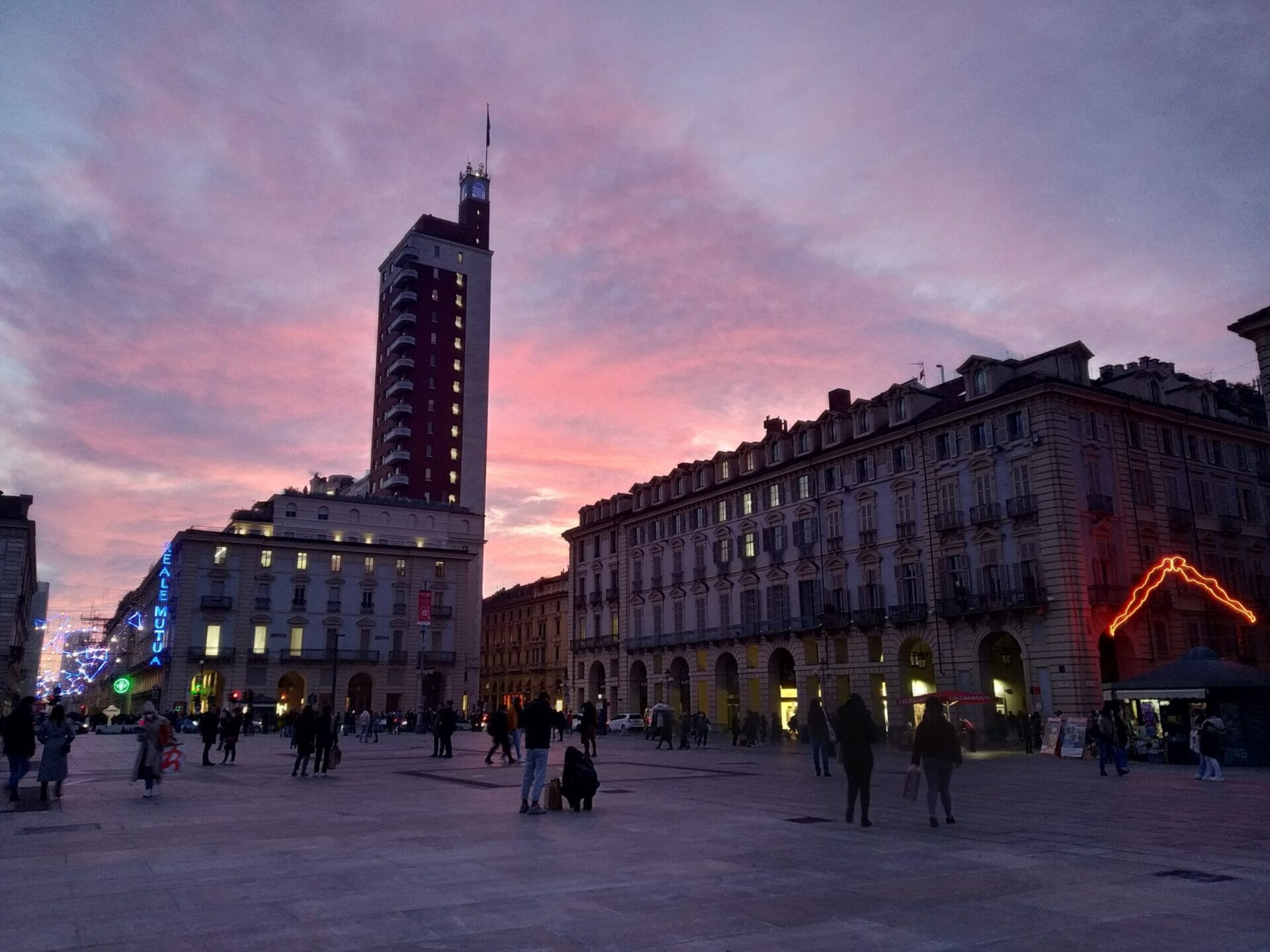
The charme of Italy’s first capital
Turin was Italy’s capital between the years of 1861 to 1865, and it was the birthplace of the royal House of Savoy, which ruled the Kingdom of Italy from 1861 to 1946. Palazzo Madama and the Palazzo Reale, both in Piazza Castello, are good examples of royal architecture of the Savoy period, as well as the royal palaces of Venaria, Stupinigi, and Racconigi, just a few kilometers away from the center of Turin. The greatest architects of the Baroque era put themselves to the test in the royal palaces and churches, including the authentic masterpiece of Guarino Guarini’s Chapel of the Holy Shroud.
One focal point of interest in Turin is the National Museum of Cinema, housed in the Mole Antonelliana, which with its 167.5 meters-high spire, is a symbol of the city. There’s also the Egyptian Museum, the main part of which dates back to the Savoy time, and was then expanded over the centuries to become the most important in the world after that of Cairo.
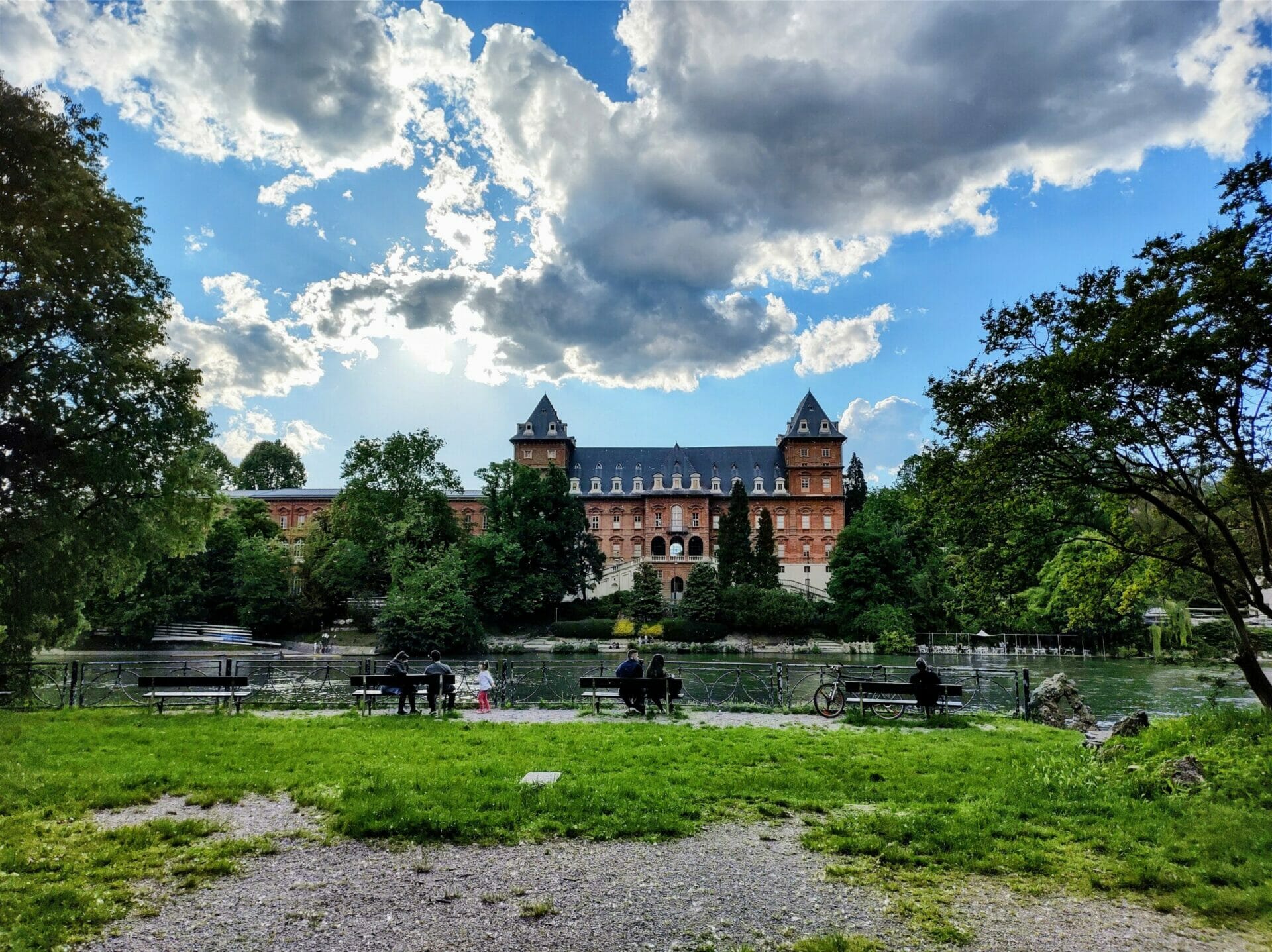
For the gastronome, the lover of food and wine, Turin offers historic cafes and some excellent restaurants, with superb wines from the nearby hills of the Langhe-Roero and Monferrato, part of a Unesco World Heritage site. Don’t miss a visit to one of the small independent bookshops and the evening ritual of an aperitif in San Salvario, or a stroll along the Po river. It’s an experience worth living.






